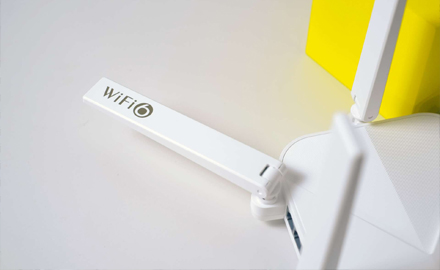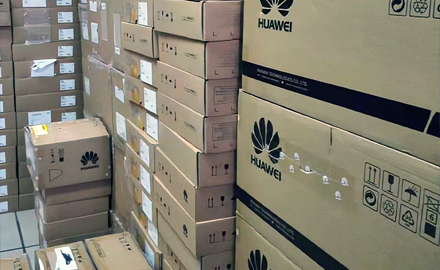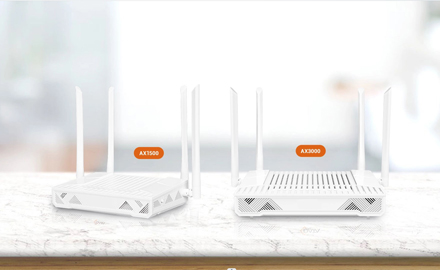
| Product category | English prefix | Describe |
|---|---|---|
| ONT | V | 10G PON ONT supporting VR services |
| K | GPON high-end ONT supporting 4K/8K services | |
| H | GPON low-end ONT supporting HSI+common video services | |
| ONU | B | Business private line ONU |
| M | Mobile return ONU | |
| P | POL Park ONU | |
| T | Industrial grade ONU |
| Product Category | ONT | ONU | |
|---|---|---|---|
| English Prefix | V/K/H | B/M | P/T |
| Number Sequence 1 | The first digit indicates the Wi-Fi generation: 4: Indicates "Wi-Fi 4(11n)" 5: Indicates "Wi-Fi 5(11ac)" 6: Indicates "Wi-Fi 6(11ax)" |
The first digit indicates the technology generation of the uplink port: 6: Indicates GPON/EPON 8: Indicates 10G PON |
The first digit indicates the technology generation on the network side: 3: Indicates EPON 5: Indicates 10G EPON 6: Indicates GPON 7: Indicates 2.5G/5GPON 8: Indicates 10G GPON |
| Number Sequence 2 | The second digit indicates the number of Wi-Fi MIMO: 2: Indicates "2 MIMO @2.4GHz" 5: means "2 MIMO @2.4G+2 MIMO@5GHz" 6: means "2 MIMO @2.4G+4 MIMO@5GHz" 7: means "3 MIMO @2.4G+4 MIMO@5GHz" 8: means "4 MIMO @2.4G+4MIMO@5GHz" |
The second digit indicates the technology generation on the network side: 1: Pure LAN port 2: LAN+POTS port 3: LAN+serial port, etc. 5:LAN+POTS with Wi-Fi 6: Indicates LAN+POE 9: Indicates LAN+clock |
The second digit indicates the additional interface type and key characteristics: 0: no other interface 1: Support POE 2: Support dual uplink 3: Support dual uplink + POE 5: Support POTS+POE 6: Support serial port 7: Support integration 8: Support integration + POE |
| Number Sequence3 | The third digit indicates the maximum bandwidth of a single interface on the user side: 1: means GE 2: Indicates 2.5GE 5: Indicates 5GE X: indicates 10GE |
The third digit indicates the number of Ethernet ports connected to the user side (based on the Nth power of 2): 0: Indicates series 2: Indicates that there are 4 ports 3: Indicates 8 ports 4: Indicates 16 ports 5: Indicates 24 ports |
The third digit indicates the number of Ethernet ports connected to the user side (based on the Nth power of 2): 0: indicates 1 port 1: Indicates 2 ports 2: Indicates 4 ports 3: Indicates 8 ports 5: Indicates 24 ports |
| Suffix | Suffix letters indicate sales scenarios: E: Indicates EBG sales M: means China Mobile C: Indicates China Telecom U: stands for China Unicom R: Indicates an ONT that supports RF T: Indicates an ONT that supports three bands Note: General mainstream products are empty here. |
The suffix letter "E" indicates EBG sales; no letter indicates carrier sales. | The suffix "E" indicates an enterprise sale; "S" indicates a pure distribution of an enterprise sale. |
 The Difference Between AX1800 ONU and AX3000 ONU
The Difference Between AX1800 ONU and AX3000 ONU
 How are Huawei OLTs Classified?
How are Huawei OLTs Classified?
 The Future Trend of Optical Line Terminals (OLTs)
The Future Trend of Optical Line Terminals (OLTs)
 The Difference Between ONU and ONT
The Difference Between ONU and ONT